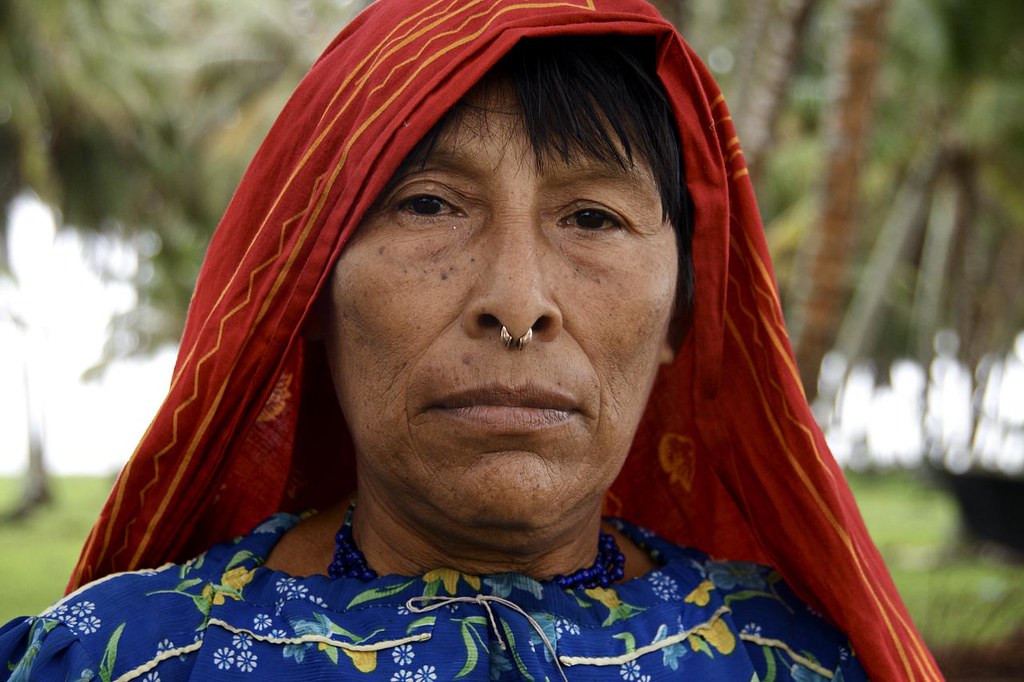Confronting the Crisis: Tackling Homelessness in Panama
 The housing crisis is a problem that is affecting many countries in the post-COVID-19 world. One of the many countries affected is the Central American nation of Panama. Panama is the southernmost country in Central America. Its location was of very high strategic value in the colonial days. This is why the Panama Canal was built. The canal helped create easier access from the Americas to Asia. The United States transferred the canal to Panama in 1999 as part of a 1977 treaty. The canal represents a major part of Panama’s economy, especially with the expansion to the canal completed in 2016. Despite a growing economy, homelessness in Panama is a major issue.
The housing crisis is a problem that is affecting many countries in the post-COVID-19 world. One of the many countries affected is the Central American nation of Panama. Panama is the southernmost country in Central America. Its location was of very high strategic value in the colonial days. This is why the Panama Canal was built. The canal helped create easier access from the Americas to Asia. The United States transferred the canal to Panama in 1999 as part of a 1977 treaty. The canal represents a major part of Panama’s economy, especially with the expansion to the canal completed in 2016. Despite a growing economy, homelessness in Panama is a major issue.
Poverty and Homelessness in Panama
In Panama, 22.1% of the population lived below the poverty line in 2016. Poverty mostly affects the Indigenous people of Panama, with more than half of the Indigenous population living below the poverty line.
Homelessness in Panama is a difficult issue to track. One of the biggest reasons is there are no official statistics on the exact homeless population. Homeless statistics can be hard to track due to how much the homeless population can fluctuate.
Despite Panama’s economic growth over the past 30 years, which resulted in a decreased poverty rates, poverty is still a problem in Panama. Wealth inequality is one of the biggest issues of the Panamanian economy. The Gini index is used to measure wealth inequality. The higher the number is the more inequality there is in the given country. Panama had a Gini index standing of 48.9%. For context the United States had a 39.8% rating.
The Tierra Prometida Community
Like many countries, Panama can sometimes treat homeless people poorly. This can unfortunately lead to unfair treatment of homeless people. In 2021, there was a community called the Tierra Prometida community, which was living behind the Nicolas Solano hospital. Hundreds of families called the informal settlement home until police violently evicted them. This event, along with rising prices of all goods, lead to protest marches in the country on October 27, 2021.
The Protests
The protests had two major requests, public policies and dignified jobs. The government acted on the request for public policies. On May 4, 2023, it was announced that the Panamanian government would invest $25.7 million to invest in housing solutions that would benefit more than 1,000 Panamanian citizens. These housing solutions were split between the urbanization of Isla Colón, certification of lots and plan progreso, a plan for housing improvement. Beneficiaries of the urbanization of Isla Colón will be exempt from paying for their homes.
The homeless crisis has hit the hardest in Panama city. The increase of natural disasters in the city affects the homeless population. Panama city has been receiving an increased amount of money since 2018, but very little has gone toward resolving the homeless crisis.
Looking Ahead
In conclusion, Panama’s housing crisis is a complex and multifaceted issue that underscores the broader challenges of poverty and inequality within the nation. Despite the significant economic benefits from the Panama Canal and recent government initiatives aimed at improving housing conditions, homelessness remains a pressing concern, particularly in urban areas like Panama City. The issue of homelessness is made worse by the lack of reliable data and the social inequalities that persist. Addressing this issue requires sustained and comprehensive efforts from the government, civil society and international partners to ensure that economic growth translates into tangible improvements in the living conditions of all Panamanians. As Panama navigates the post-COVID-19 era, prioritizing equitable development and inclusive policies will be crucial in tackling homelessness in Panama.
– Matthew Mendives
Matthew is based in Colonia, NJ, USA and focuses on World News for The Borgen Project.
Photo: Flickr
